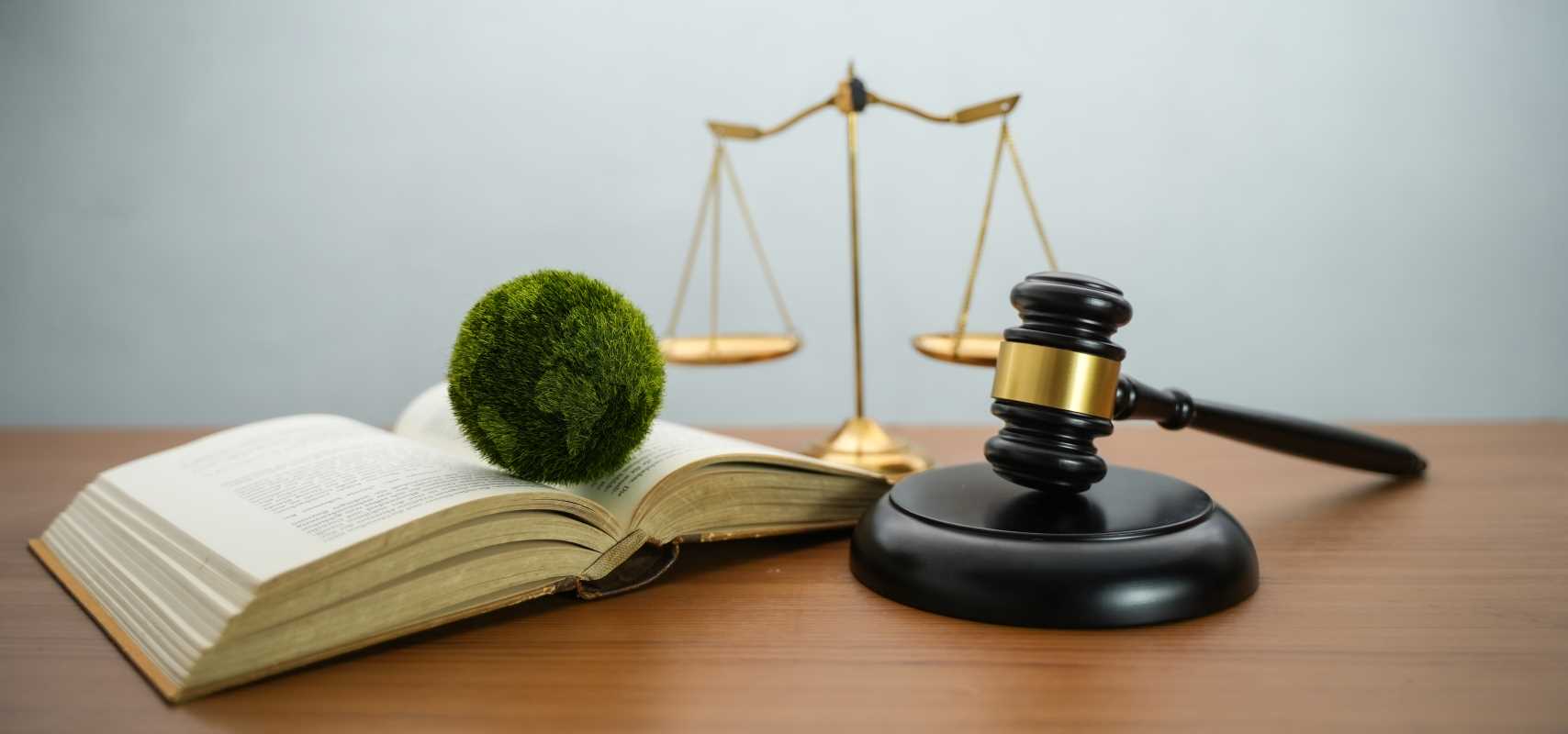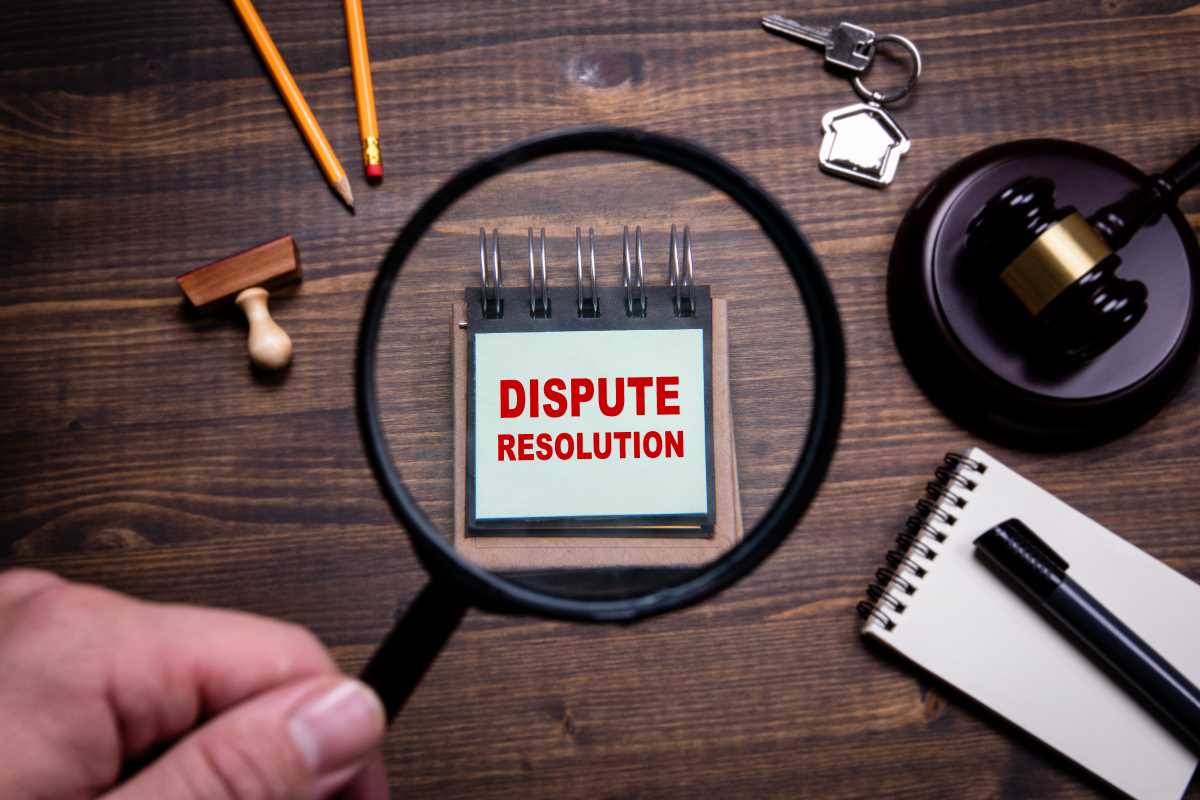Creators often face challenges when trying to keep their original work secure online. This guide lays out straightforward actions you can take to safeguard your writing, images, software, or unique ideas. You will find simple explanations of intellectual property concepts and learn how to register your work, monitor its use, and respond to unauthorized usage. The guide also covers ways to educate yourself on your rights, enforce those rights when necessary, and stay up to date with changes in the law. By following these steps, you can better protect your creative efforts and maintain control over your work in the digital world.
Your creative ideas deserve to be safeguarded. As you explore these steps, you will gain a better understanding of how intellectual property works and what actions you can take today to be proactive and prepared. The goal is to break down complex legal ideas into easy-to-manage tasks that you can follow without needing a law degree.
Understanding Intellectual Property in the Digital Age
Intellectual property, or IP, refers to creations of the mind such as inventions, literary works, designs, symbols, names, and images used in commerce. These assets help protect your brand and creative outputs when they exist online.
Here are some types of intellectual property to consider:
- Copyrights – protect original works such as music, books, and art.
- Trademarks – guard the names, logos, and slogans that identify a business.
- Patents – cover new inventions and innovations.
- Trade Secrets – include methods or processes that are not public knowledge.
These rights enable you to claim ownership and, when necessary, take legal action if someone misuses your work.
Step 1: Register Your Intellectual Property Rights
Registering your intellectual property rights is an important process to ensure your work is legally recognized. Registering not only solidifies your claim but also makes it easier for you to take action if someone uses your work without your permission. A formal record can help you in any future disputes.
Follow these clear steps to register your rights:
- For copyrights, complete an application with your national copyright office detailing the nature of your work.
- For trademarks, submit your logo or brand name along with the class of goods or services to the appropriate trademark office.
- For patents, prepare a detailed description of your invention and file an application through the established patent office.
By taking these steps, you create a strong legal foundation that supports and protects your creations.
Step 2: Use Digital Tools for Monitoring and Protection
Using digital tools makes it easier to keep an eye on your creative work across various online platforms. Many tools can alert you when your content appears somewhere without permission. This proactive approach can save you time and prevent more serious problems.
Consider these helpful digital tools:
- Google Alerts – monitors the web for new content based on keywords you choose.
- Copyscape – checks for duplicate content on the internet.
- Tineye – tracks image usage and finds copies of your visual work.
By using these tools, you can quickly spot unauthorized use of your intellectual property and take steps to correct the issue.
Step 3: Educate Your Team and Partners
Making sure that everyone involved in your projects understands what intellectual property means is crucial. When team members and partners know how to handle and protect creative ideas properly, they reduce the risk of accidental exposure or misuse. Educating your team helps build a common understanding for respecting legal rights.
Start by hosting regular sessions where you share updates and guidelines on intellectual property protection. Encourage questions and provide simple examples to show how misuse might happen. Sharing this knowledge helps everyone stay alert and respect the work that goes into creating unique content.
Step 4: Enforce Your Rights and Handle Infringements
If you discover that someone is using your work without your permission, act quickly. Handling infringements with clear steps helps prevent further harm and discourages future misuse. Taking action creates a strong defense around your creative assets.
When enforcing your rights, consider these steps:
- Document all instances where your work has been used without permission.
- Contact the infringing party clearly and politely, requesting that they stop using your content.
- Consult with a legal professional to understand your options if the problem escalates.
- Use information from the defamation or misuse incident to support your case.
Taking these actions promptly ensures you maintain control of your intellectual property while discouraging repeat offenses.
Step 5: Stay Updated on Legal Changes in Digital Markets
The world of intellectual property keeps changing. New laws, regulations, and interpretations can alter how your rights are protected over time. Staying informed about these changes helps you adjust your practices and keeps your protection methods effective.
Regularly check trustworthy sources for legal updates, join online forums, or subscribe to newsletters from legal experts. Knowing current trends will help you adapt your approach to managing intellectual property, ensuring that you continue to benefit from your creative work.
Register your business properly, monitor your work online, and address unauthorized use promptly. Promote respect for intellectual property and stay updated on legal changes to protect your work.







